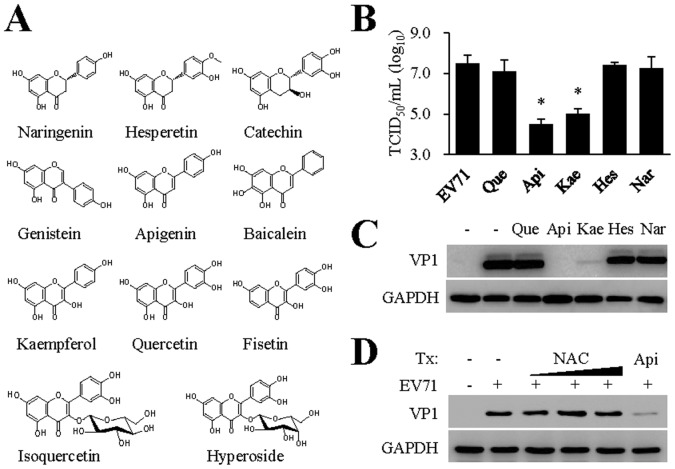Figure 4. Antiviral activity evaluation of flavonoids against EV71 infection. (A) Names and chemical structures of flavonoids tested in this study.
The compounds were evaluated for their antiviral activity against EV71 infection. Apigenin and kaempferol were the only compounds that showed antiviral activity at 30 µM concentration. (B, C) Confirmation of kaempferol antiviral activity by titration for infectious virion production (B) and viral VP1 protein expression (C). RD cells were untreated or pretreated with kaempferol along with apigenin, naringenin and hesperetin at 30 µM for 2 hr and then infected with EV71 (MOI = 0.10) for 36 hr. Infectious virion production was titrated using a secondary infection assay (B) and VP1 expression was detected by immunoblotting (C). Que: quercetin; Api: apigenin; Kae: kaempferol; Hes: hesperetin; Nar: naringenin. GAPDH expression was used as a loading control. Both studies were performed twice independently. Data are presented as mean ± SD of triplicate samples. An unpaired t test was performed for statistical analysis. *: p≤0.05. (D) Anti-oxidative agent N -acetyl cysteine (NAC) treatment does not affect EV71 infection. RD cells were untreated or pretreated with NAC at varying concentrations (1, 3, and 10 mM) or apigenin at 30 µM for 2 hr. The cells were then infected with EV71 (MOI = 0.10 TCID50 per cell) for 36 hr. EV71 VP1 protein expression were determined by immunoblotting analysis. The experiment was performed twice independently. GAPDH was used as a loading control.

